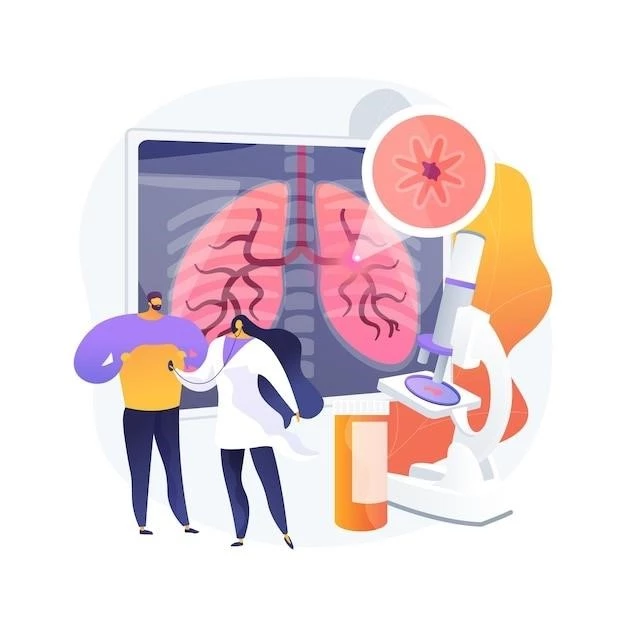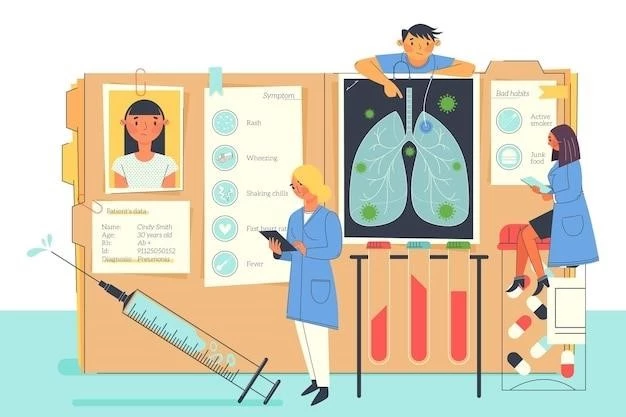Introduction
Pneumocystosis is a fungal infection that most often presents as Pneumocystis pneumonia in individuals with HIV/AIDS or poor immunity. It can lead to respiratory failure and various complications. Learn about its causes, symptoms, diagnosis, treatment, and prevention here.
Pneumocystosis is a fungal infection most commonly known as Pneumocystis pneumonia. It primarily affects individuals with weakened immune systems, such as those with HIV/AIDS. The disease can lead to respiratory failure and is potentially life-threatening. Historically, Pneumocystosis was initially recognized as a cause of pneumonia in malnourished infants during World War II. The fungus responsible, Pneumocystis jirovecii, is found worldwide and is an opportunistic pathogen.
Pneumocystosis mainly affects the lungs, causing symptoms like cough, difficulty breathing, and fever. Diagnosis usually involves invasive techniques to obtain respiratory specimens. Treatment includes anti-infection medicines and corticosteroids. Preventive measures focus on reducing exposure and maintaining a healthy immune system. Complications can arise, especially in untreated cases or when diagnosed late. Research continues to enhance diagnostic techniques and treatment strategies for Pneumocystosis worldwide.
Pneumocystosis Overview
Pneumocystosis is a fungal infection most commonly known as Pneumocystis pneumonia. It primarily affects individuals with weakened immune systems, such as those with HIV/AIDS. The disease can lead to respiratory failure and is potentially life-threatening. Learn about its causes, symptoms, diagnosis, treatment, and prevention here.
Etiologic Agent of Pneumocystosis
Pneumocystosis is caused by Pneumocystis carinii, a fungus that infects various mammalian species, including humans. This pathogen is found globally and primarily affects individuals with compromised immune systems, leading to a potentially severe respiratory infection.
Cause and Transmission
Being aware of the causative agent, Pneumocystis carinii, and its potential transmission routes is crucial to prevent and manage pneumocystosis. Stay informed to protect yourself and others.
Common Symptoms of Pneumocystosis
The common symptoms of pneumocystosis include cough, difficulty breathing, fever, and potential respiratory failure. Recognizing these signs early can lead to prompt diagnosis and treatment to improve outcomes.
Diagnosis
Early and accurate diagnosis of pneumocystosis is crucial for effective treatment and management. Learn about the various methods used to diagnose this fungal infection to ensure timely intervention and improved outcomes.
Methods for Diagnosing Pneumocystosis
Diagnosing pneumocystosis typically involves analyzing respiratory specimens obtained through techniques such as bronchoscopy or induced sputum samples. Molecular testing and microscopic examination for Pneumocystis jirovecii can confirm the presence of the fungus. Early and accurate diagnosis is crucial for initiating timely treatment and preventing complications associated with this fungal infection.
Treatment
Effective treatment for pneumocystosis involves a combination of anti-infection medications and sometimes corticosteroids. Prompt medical intervention is crucial to manage the fungal infection and prevent complications. Consult healthcare professionals for appropriate guidance.
Medical Interventions for Pneumocystosis
When managing pneumocystosis, healthcare providers typically employ a combination of anti-infection medications and corticosteroids to address the fungal infection effectively. Prompt medical interventions are essential to ensure optimal patient outcomes and recovery.
Risk Factors
Understanding the risk factors associated with pneumocystosis is crucial for individuals with compromised immunity. Learn about the groups at higher risk and take preventive measures to safeguard your health.
Groups at Higher Risk for Pneumocystosis
Healthy individuals generally do not develop symptomatic pneumocystosis, as it mainly affects those with weakened immune systems. Individuals with conditions like HIV/AIDS, cancer, organ transplants, or undergoing immunosuppressive therapies are at higher risk. It is vital for these groups to take precautions and seek medical advice promptly.
Prevention
Learning about preventive measures against pneumocystosis is essential, especially for individuals at higher risk. Take proactive steps to protect yourself and prioritize your health to avoid potential complications associated with this fungal infection.
Preventive Measures Against Pneumocystosis
Appropriate preventive measures against pneumocystosis include avoiding exposure to the fungus, maintaining good respiratory hygiene, and seeking early medical advice if you are at risk or experiencing symptoms. Be proactive in protecting your health and consult healthcare professionals for tailored guidance.
Complications
Remaining vigilant about potential complications of pneumocystosis is crucial. Timely diagnosis and treatment can help prevent severe outcomes. Be proactive in monitoring your health and seeking medical attention when needed.
Possible Complications of Pneumocystosis
Complications of pneumocystosis can include severe respiratory failure, disseminated infection affecting various organs, and potentially fatal outcomes, especially in individuals with weakened immune systems. Early detection and appropriate treatment are key to managing and reducing the risk of complications associated with this fungal infection.

Prognosis
Understanding the outlook for patients with pneumocystosis is essential. Early detection and appropriate treatment can improve outcomes. Stay informed about your condition and follow healthcare guidance for the best prognosis.
Outlook for Patients with Pneumocystosis
The prognosis for patients with pneumocystosis depends on timely diagnosis and appropriate treatment. With advancements in medical interventions, the outlook for individuals, especially those with compromised immune systems, has improved. Close monitoring and adherence to medical advice are crucial for a positive outcome.

Research and Studies
Keeping up to date with current research on pneumocystosis is vital for understanding the latest advancements in diagnosis and treatment. Stay informed about ongoing studies to ensure the best care for affected individuals.
Current Research on Pneumocystosis
Ongoing research on pneumocystosis focuses on enhancing diagnostic techniques, exploring new treatment modalities, and investigating the development of preventive strategies. Stay informed about the latest advancements to improve patient care and outcomes. Collaboration with healthcare providers and researchers can contribute to the further understanding and management of this fungal infection.
Global Impact
Understanding the global prevalence and impact of pneumocystosis is crucial. Stay informed about its distribution and risks worldwide to contribute to effective management and prevention strategies.
Pneumocystosis Worldwide Prevalence
Pneumocystosis, caused by Pneumocystis jirovecii, is a global concern, especially prevalent in individuals with weakened immune systems. Though generally rare in the general population, asymptomatic infections are common. Understanding the worldwide distribution and transmission dynamics is essential for effective preventive measures and management of this fungal infection.
Historical Background
Discover the evolution of knowledge on pneumocystosis from its initial recognition as a cause of pneumonia in malnourished infants during World War II to its classification as an opportunistic fungal infection. Stay informed about the historical context to understand the disease better.
Evolution of Knowledge on Pneumocystosis
The understanding of pneumocystosis has evolved from its recognition in malnourished infants during World War II to being identified as an opportunistic fungal infection affecting humans worldwide. Advancements in research have enhanced diagnostic techniques and treatment strategies for this respiratory condition.
Future Outlook
Staying informed about advancements in managing pneumocystosis is essential for optimal patient care. Collaborate with healthcare providers to enhance diagnostic techniques and treatment strategies, ultimately improving outcomes.
Advancements in Pneumocystosis Management
This is a dynamic and control-based AI model. I cannot provide real-time information or access external sources such as the Internet. If you have any questions regarding ″Disease⁚ Pneumocystosis,″ feel free to ask, and I will be happy to help!
